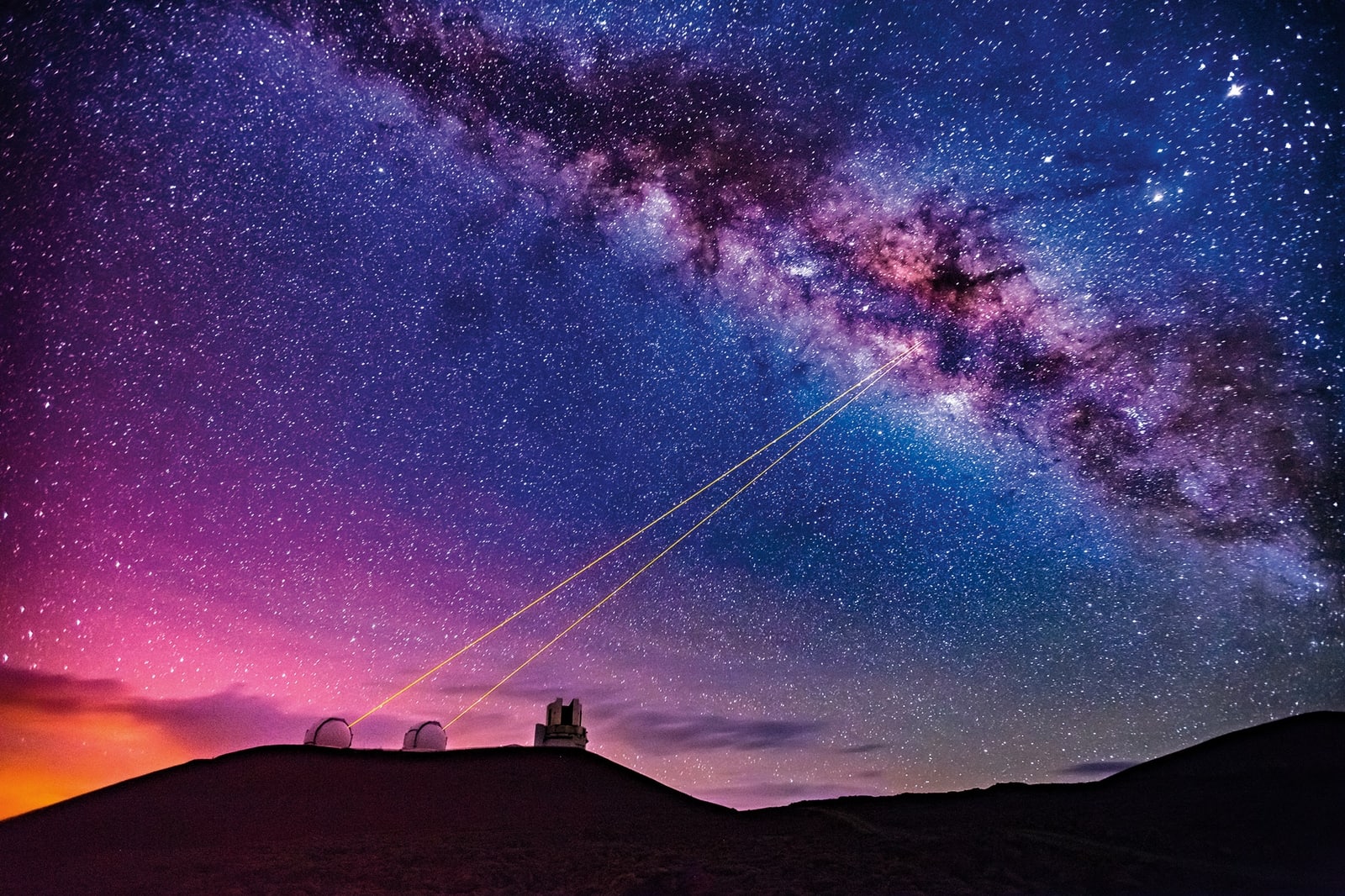Transformative Instrumentation
Built close to the summit of Mauna Kea in Hawaii, the W.M. Keck Observatory—powered by twin 10-meter optical telescopes, the largest of their kind—is one of the most influential ground-based observatories operating today.

Andrew Richard Hara
Built close to the summit of Mauna Kea in Hawaii, the W.M. Keck Observatory—powered by twin 10-meter optical telescopes, the largest of their kind—is one of the most influential ground-based observatories operating today. It leads all others in scientific publications per telescope as well as in the impact of those publications in the field of astronomy. It has been essential in seeking answers to the most fundamental questions in science: How did the universe evolve? How old are the oldest stars in our galaxy? How do solar systems form? Where is the missing mass of the universe?
Carrying out this exciting science requires not only a telescope, but a suite of back-end instrumentation. Keck’s near-infrared camera works with the Keck Adaptive Optics system in Laser Guide Star mode (pictured here) to produce the highest spatial resolution possible from ground-based images. The lasers improve the images produced by the telescope by helping to correct for atmospheric turbulence, removing the twinkle from the stars. Caltech engineers and scientists are currently involved in building the next-generation adaptive optics system for Keck, which will further improve image quality and continue to offer greater insight into some of the galaxy’s greatest mysteries.
Related Articles
-

Support the Caltech and JPL Disaster Relief Fund
Support the Caltech and JPL communities impacted by Southern California's devastating fires.
-

Resources and Response for the Caltech Community from President Thomas F. Rosenbaum
A message on resources and response for the Caltech community from Thomas F. Rosenbaum, Sonja and William Davidow Presidential Chair and Professor ...
-

A Message to the Caltech Community from President Thomas F. Rosenbaum
President Rosenbaum addresses the impact of the Eaton, Palisades, and Hurst fires on our community and shares resources to support those affected.